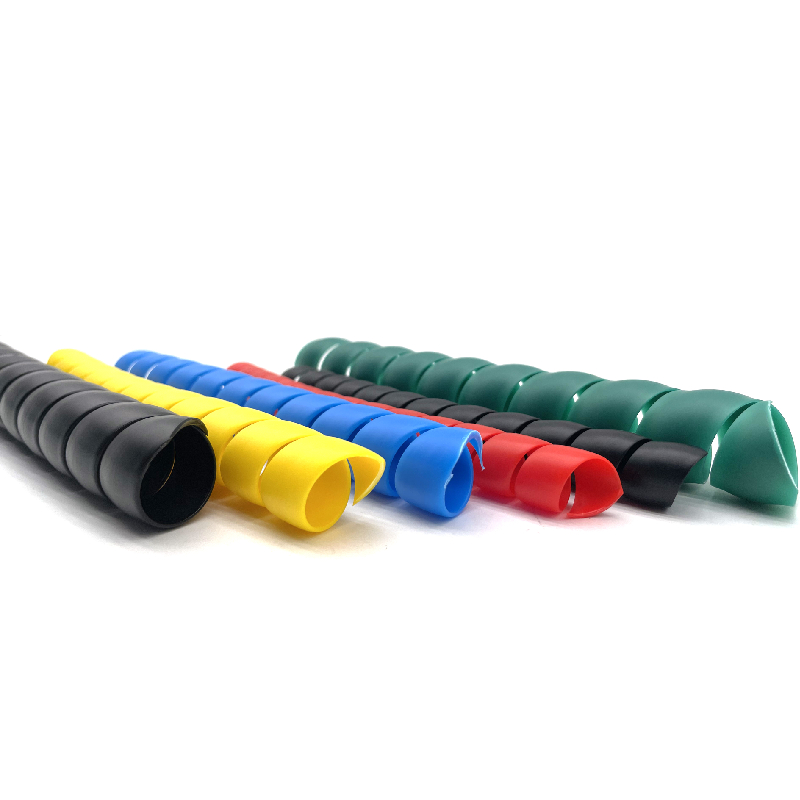Automotive Air Conditioning Tubing Solutions for Optimal Climate Control in Vehicles
Automotive Air Conditioning Tubing Essential Components for Optimal Performance
The automotive air conditioning system plays a crucial role in ensuring passenger comfort, particularly during hot weather. At the heart of this system lies a network of components, with tubing being one of the most vital yet often overlooked elements. Understanding the significance of automotive air conditioning tubing can help car owners appreciate its importance in maintaining optimal performance and efficiency.
The Role of Air Conditioning Tubing
Automotive air conditioning tubing serves as the conduit for refrigerant, facilitating its movement between the various components of the air conditioning system. The main components include the compressor, condenser, evaporator, and expansion valve. The tubing connects these parts, allowing the refrigerant to circulate, absorb heat, and provide cool air inside the vehicle.
There are primarily two types of tubing used in automotive air conditioning systems high-pressure and low-pressure tubing. High-pressure tubing handles the refrigerant that has been compressed and heated by the compressor before being sent to the condenser. On the other hand, low-pressure tubing carries the refrigerant back to the compressor after it has cooled down and expanded in the evaporator.
Material and Construction
The material used for automotive air conditioning tubing is paramount to its performance and durability
. Most tubing is made from materials such as aluminum or rubber, chosen for their ability to withstand varying temperatures and pressures involved in the refrigerant cycle.Aluminum tubing is preferred in many modern vehicles because of its lightweight properties and corrosion resistance. It is also less prone to puncturing and can be fabricated into tighter bends, allowing for easier routing within the confines of the vehicle's body. Rubber tubing, while more flexible, is often used in conjunction with aluminum or steel fittings to provide a secure seal and accommodate movements within the system.
Importance of Insulation
automotive air conditioning tubing

Insulation is another critical aspect of air conditioning tubing. Refrigerant lines should be properly insulated to prevent unwanted heat exchange with the surrounding environment. Inefficient insulation can lead to increased temperatures in the refrigerant, reducing the system's overall efficiency and making the air conditioning work harder. This not only affects cooling performance but can also lead to higher fuel consumption and increased wear on the compressor.
Maintenance and Inspection
Regular maintenance of the air conditioning system is essential to ensure the longevity and performance of the tubing. Over time, tubing can become brittle, cracked, or corroded, leading to leaks in the refrigerant system. Such leaks can considerably diminish the system’s efficiency and may require immediate attention to avoid further damage.
During routine maintenance, technicians should inspect the tubing for signs of wear and tear, as well as check for any signs of leakage around the connections. Replacing damaged or worn tubing can prevent refrigerant loss and keep the air conditioning system functioning properly.
Upgrading Tubing for Performance
For car enthusiasts and those looking to enhance their vehicle's air conditioning performance, upgrading to high-quality aftermarket tubing can be beneficial. Performance tubing options may feature better materials and construction methods, designed to enhance the efficiency of the air conditioning system. These upgrades can lead to improved cooling performance while reducing the strain on the vehicle's engine, providing a more comfortable ride.
Conclusion
Automotive air conditioning tubing may not be the most glamorous component of a vehicle, but its role is indispensable in ensuring a comfortable driving experience. From facilitating refrigerant flow to adapting to varying temperatures and preserving energy efficiency, the importance of high-quality tubing cannot be overstated. Regular maintenance checks and potential upgrades can further enhance the performance of the air conditioning system, keeping both driver and passengers cool on even the hottest days. Investing in the quality of automotive air conditioning tubing is a step toward a more enjoyable ride, where comfort meets reliability.
-
Ultimate Spiral Protection for Hoses & CablesNewsJun.26,2025
-
The Ultimate Quick-Connect Solutions for Every NeedNewsJun.26,2025
-
SAE J1401 Brake Hose: Reliable Choice for Safe BrakingNewsJun.26,2025
-
Reliable J2064 A/C Hoses for Real-World Cooling NeedsNewsJun.26,2025
-
Heavy-Duty Sewer Jetting Hoses Built to LastNewsJun.26,2025
-
Fix Power Steering Tube Leaks Fast – Durable & Affordable SolutionNewsJun.26,2025

